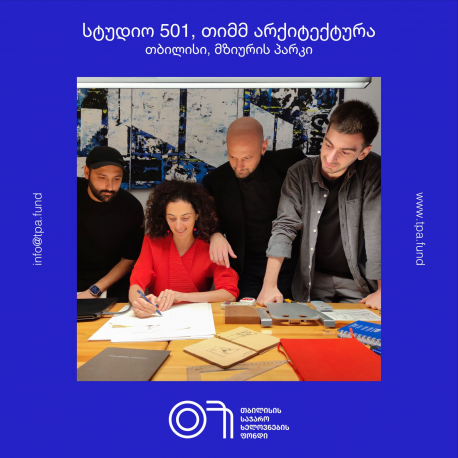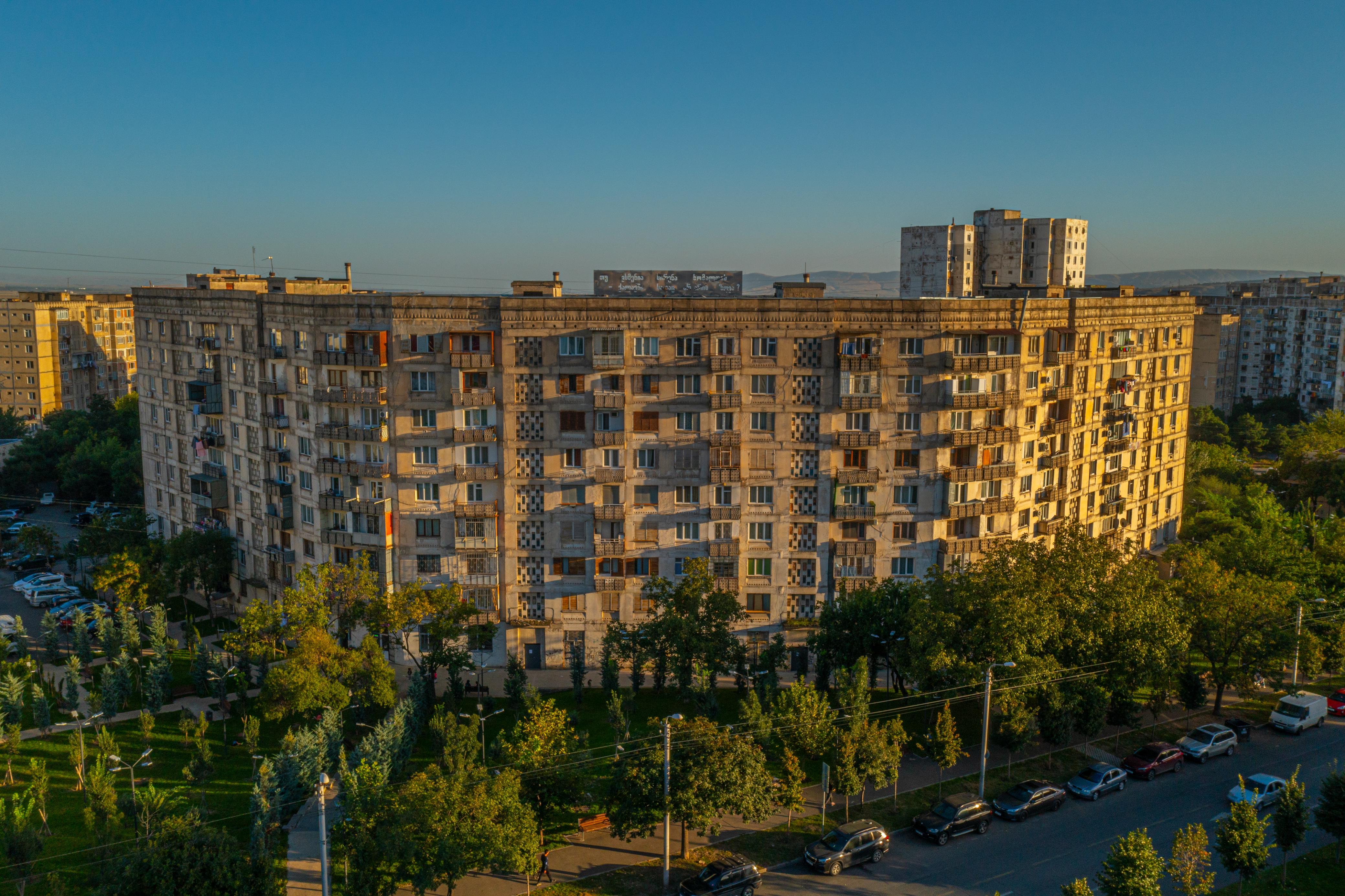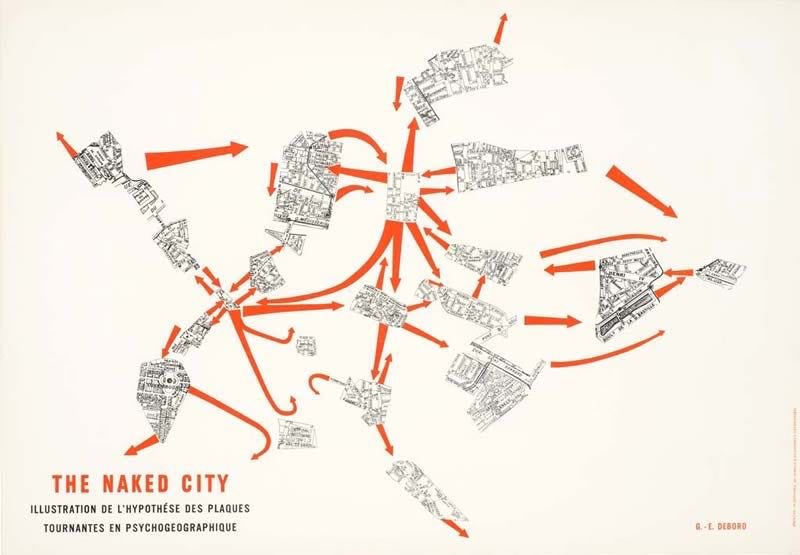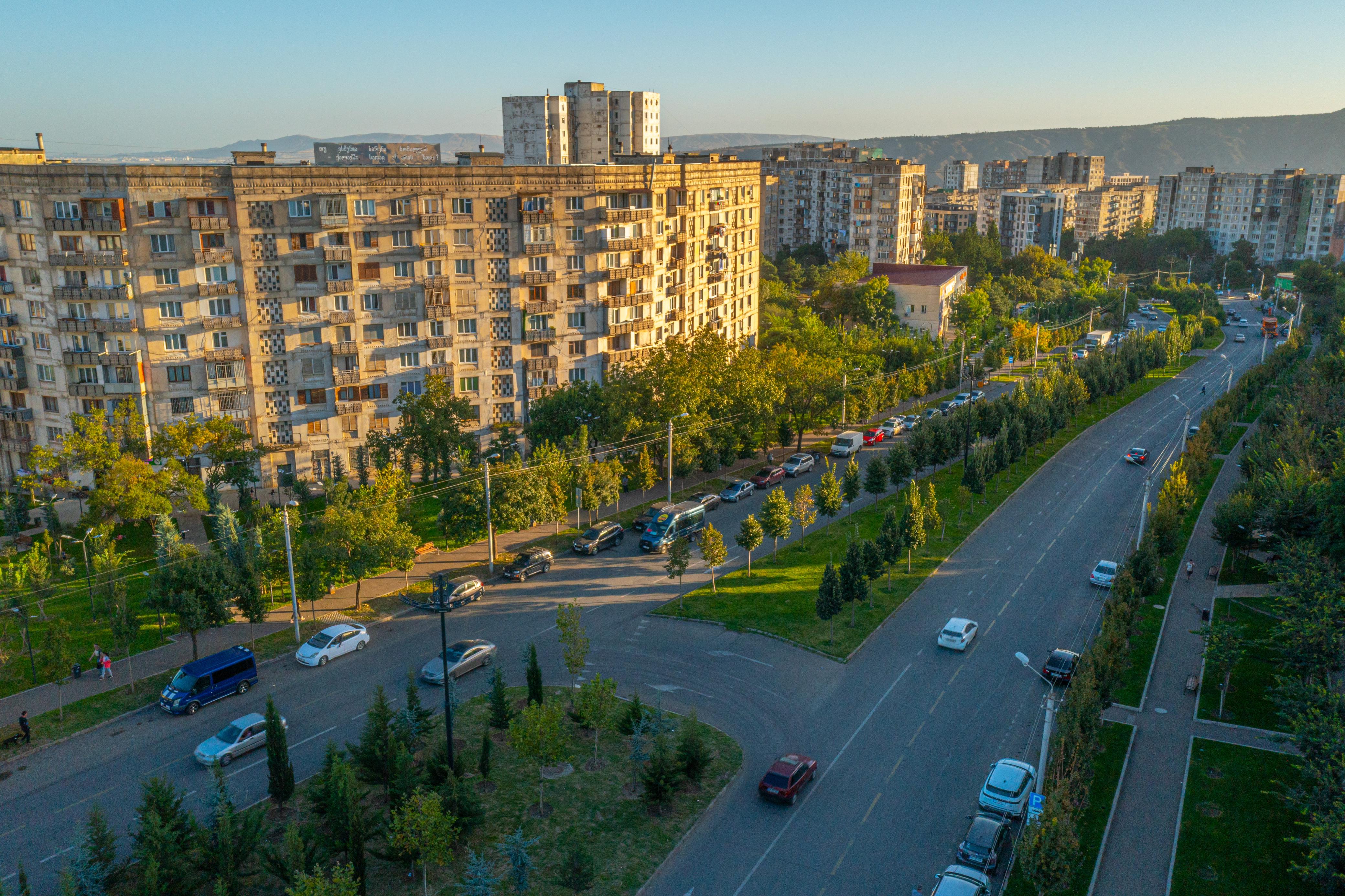 View larger
View larger

Alex Chigvinadze: Lighthouse on Mtatsminda
= More info =
.jpeg)
From a geological standpoint, the territory of Tbilisi represents the seabed, formed in the first period of the Cenozoic era, that is, in the Tertiary Period. (Underneath it are the sediments of the Cretaceous system.) Formally inhabited by fishes and mollusks. Billions of biochemical processes were intertwined, indeed the kind that currently also permeates the living cells of the residents of this city. Still now, fish and mollusks live here, alongside the souls punished by the love disease. The sea is warm and wine-dark..." (Zurab Karumidze, The Wine-Dark Sea, 2000)
.jpeg)
“There are three types of people. The living. The dead. And those who are at sea.”– words attributed sometimes to Aristotle, at times to Plato, or to Anacharsis. Zura Jishkarian has long gone at sea. The self-proclaimed mayor of Sukhumi never had the luxury of a wind at his back.
After the war in Abkhazia, 300,000 people, for whom the sea was an accustomed landscape and not only a geographical object, but a part of their identity, suddenly found themselves in a city where the sea stand for merely a distant border and a place to spend summer holidays. IDPs thought they would temporarily reside in abandoned sanatoriums, hotels, kindergartens, but time passed and the sea was nowhere to be seen. To this day, one will often come across their anticipatory gazes, drawn to the sealess horizon.
Perhaps this longing is one of the reasons why Zura Jishkarian waded in the topos of the sea. He sang about the sea, wrote about the sea, made installations. His work from 2017 comes to mind - Who Will Still the Roaring of The Seas?, a large ship in the Expo Georgia pavilion. The ship was called Dilla, and the ship stood in darkness and tranquility. Sensors installed in the Black Sea kept thrusting it with waves of varied weight. The sea was roaring and it felt as if the ship had gone on abordage for a bit.
The last work of Zura Jishkarian, curated by Vato Urushadze, after succeeding in the competition of the Public Art Fund, was placed on the roof of the 18th block in the second microdistrict of Varketeli. Have you heard the siren of a ship in a city where there is no sea? – This phrase has been shining for several weeks at sunrise and sunset, reflecting clouds and airplanes (architectural design by Lado Lomitashvili). When I saw it, at that very moment migratory birds in a V formation flew over it, and I instantly realized that I had never wondered why these birds fly in such order. It turns out that when the lead bird flops its wings, the updraft eases the flight of the birds after, and over long distances relatively weaker birds are positioned in the middle and at the end of the flock row to endure the route. In such order, the birds better detect one another’s signals, among these maybe sirens of the ship are heard as well, even in such cities where the sea is only a vague memory.

In the second micro-district of Varketili, several of us were waiting at the bus stop in front of the building: a mourner grandmother, a boy in a white button-up, a girl with a dolphin tattoo on her hand, a tired housewife, a police officer, a stray dog and me. We were gazing at the question on the top of the block posed to each of us.
"Ship's siren? in Tbilisi?"
What could these obscure words mean? What has a ship got to do, where there is no sea? Maybe a ship's siren is just an echo? Sonic hallucination or simply a metaphor? Like a fish hook, the question cast into our mind was baiting for other questions. The interpretation of the question unfolded like a net was flooded with associations.
And besides, what can the sound of a siren be indicating? Has the ship sailed or left port? Did we depart or remain on the coast? Each of us waiting at the bus stop would have our own answers to these questions. In art, unlike algebra, there are no unequivocal solutions.
If in the algebraic problem, two cars leave from cities A and B to meet each other and cross paths 7 hours after the start of the movement, and if the speed of the vehicles is known to us, we can easily calculate the distance between cities A and B. But what happens once we transfer this task to literature, art. For a writer and an artist determining the intercity distance will become the least concern. Instead, we will be intrigued by who is the driver. What for and where do they meet? What is the weather like? Why is one driver in a hurry, while the other takes their time? What is left behind? Or, what has made the driver cry? Are they leaving the city at dawn or at sunset? Could it be that the B city dweller is running away from the city and wherever they go, the city chases? Maybe the drivers are displaced persons? Perhaps the cities A and B were bombed? Have all the paths to go back been grassed over and wasted? Maybe the sea submerged these cities? The sense of the questions and resolutions will depend on the reader's perspective, life experiences, and cultural context, in the same manner that the city is.

"We are bored in the city, there is no longer any Temple of the Sun" – thus psychogeography was founded, it began in France in the 20th century, in the hot heads of letrists and situationists, with a sense and belief in the necessity to change the world. In contrast to geography (Greek: “a description of the earth”), psychogeography also adopts the psyche (Greek: soul); if the interplay between the human psyche and the environment was more or less studied, how the urban environment affects human feelings, thoughts, and behaviors, psychogeographers began to examine how our imagination can adjust the environment. According to Breton, the imaginary is what tends to become real.
Psychogeographers believe that there should be as many maps as there are people. The map should alter according to the seasons or weather, during the circadian cycle, and on holidays. They suppose a city is full of currents, as in primordial times when it was covered by water, and our movement in this city is predetermined by these currents. The currents constantly change the city, as the weather, demonstrations, pandemics, lights, street animals, conflicts, and musicians do. The city is now also affected by a puzzling phrase erected on the Soviet building, which is not just a literary quote, but an open "wound" of reality, which is everchanging and renewing at different times of day, per light and weather. Where sounds, images, and notions mingle. This demonstrates the weight of language in a setting where language is solely instrumentalized for advertising and political purposes.
This work is not merely an aesthetic object either, in its scrutiny of the existing order, it allows us to look at the city with fresh eyes and set about with this simple question. To close our eyes and listen; Amid hundreds of sounds, maybe we recognize and discern the ship's siren. A siren is not only a sound but a symbol. A symbol of our fears, desires and hopes, a symbol of our seclusion, separation, and return.
Perchance we recall that we have indeed picked up this sound at dawn in the urban jungle.
Perhaps this sound will be our boarding pass to the ship leaving from Tbilisi port or returning to Mtatsminda, by use of the lighthouse erected instead of the TV tower.






